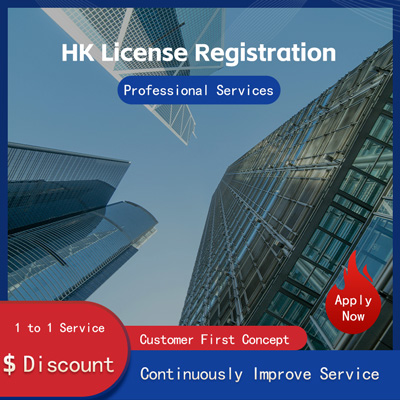
International Express Pre-Inspection vs. Destination Customs Clearance Efficiency Comparison
Pre-Inspection vs. Destination Inspection in International Express A Competition for Customs Efficiency
In today's global business environment, international express delivery has become an indispensable part of our daily lives. Whether it is urgently needed medical supplies or fresh agricultural products, international express delivery can deliver them to our hands within a short time. However, during this fast flow of packages, customs efficiency has always been a key factor affecting logistics speed. Recently, discussions about pre-inspection and destination inspection for international express have become increasingly heated, and the efficiency comparison between the two has drawn our attention.
First, we need to understand the concept of pre-inspection. As the name suggests, pre-inspection refers to the inspection conducted by relevant authorities at the origin before the package arrives at its destination. This method reduces inspection time to some extent and improves customs efficiency, but it also carries certain risks, such as data leaks. On the other hand, destination inspection is the traditional customs method, where relevant authorities conduct on-site inspections after the package arrives at its destination. Although this method involves some uncertainties, such as waiting in line or unpredictable inspection times, it is more secure in terms of protecting personal privacy.
According to recent news, pre-inspection has already been tried and promoted in some areas. For example, a major e-commerce platform has started a pilot program for pre-inspection, which greatly shortens customs clearance time by collecting and submitting relevant customs information in advance. According to statistics, customs efficiency in the pilot areas has increased by nearly 30%, bringing great convenience to the e-commerce industry. However, the promotion of this method also faces some challenges, such as data security and regulatory difficulties.
Meanwhile, destination inspection is also constantly seeking innovation and optimization. For instance, some countries have begun to introduce artificial intelligence and big data technologies, using automated systems for fast inspections, which significantly improves inspection efficiency. At the same time, some countries are actively promoting the construction of electronic customs clearance systems to reduce manual intervention and improve customs efficiency.
In conclusion, both pre-inspection and destination inspection have their own advantages and disadvantages. For pre-inspection, its advantage lies in improving customs efficiency and reducing logistics costs. However, issues such as data security and regulatory difficulty cannot be ignored. For destination inspection, although it has some uncertainties, its advantages in protecting personal privacy are also an important reason for its continued application. In the future, with the continuous advancement of technology and policy adjustments, pre-inspection and destination inspection will partially merge, jointly promoting the healthy development of the international express industry.
For the international express industry, the improvement of customs efficiency undoubtedly holds significant importance. Whether it is pre-inspection or destination inspection, both aim to improve logistics efficiency and reduce logistics costs while ensuring safety. Throughout this process, we look forward to more technological innovations and policy adjustments that will bring greater convenience and development opportunities to the international express industry.
Still have questions after reading? More than 98,000 users have contacted us. Please fill in the following information to obtain business information.

Previous Article
International Maritime Customs Guide Full Process Analysis of Destination Port Clearance
Jun 24, 2025Service Scope
MoreRecommended for You
- International Express Light and Small Parcels vs. Large and Heavy Cargo Preferred Plan Discussion
- Two Methods for Sending International Packages Cost-Effective and Efficient Tips for Sharing Practical Knowledge
- U.S. Air Freight Remote Area Fee Coverage Areas Explained and Tips to Avoid Surcharge Zones
- Reasons for Customs Document Review Failure in International Air Freight - Must-Read for Foreign Trade Professionals!
- Essential Documents for International Freight Forwarding Analysis of Bill of Lading, Manifest, and Packing List
- Ways to Reduce U.S. Air Freight Customs Inspection Rates A Must-Read for E-commerce Sellers!
- Common Freight Charge Factors in International Logistics and Related Practical Knowledge Sharing
- Calculation Methods of International Maritime Cargo Stowage Factor and Guide to Cost-Effective Loading of Light and Heavy Cargo
- International Freight Forwarder and Cross-border E-commerce Platform Cooperation Models Evolution of FBA Last-mile Services
- Analysis of Cost Changes for Low-Value Parcels Under New Customs Regulations for International Small Packages
- Is It Hard to Clear Customs for International Express to South Korea? Essential Knowledge Shared!
- Principles for Calculating Reverse Logistics Costs in International Air Return Shipments Key Rules to Avoid Tariff Losses
- U.S. Air Freight Dual Customs Clearance with Duty Included vs. Self-Declaration A Detailed Guide for Beginners
- Cross-border Logistics Analysis of Prepaid Duty Costs and Risks
- International Freight Forwarding Service Process Analysis A Logical Journey from Booking to Delivery
- Analysis of Transshipment and Sorting in Cross-border Logistics Exploring the Role of Hub Nodes
- International Air Freight Consolidation vs. Direct Booking Process and Document Comparison
- International Air Freight Prepaid vs Collect Cost Settlement and Risk Control Comparison
- Bill of Lading in International Shipping Detailed Explanation of Clean vs. Unclean B/L
- International Trade Payment Methods Clarifying the Difference Between Payment Instruments and Payment Methods and Their Specific Types


 ONE
ONE
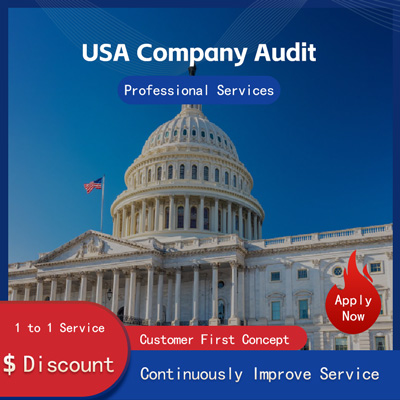
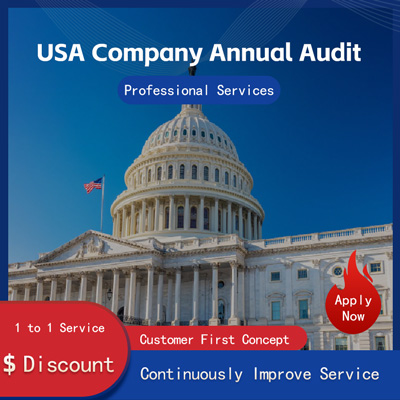

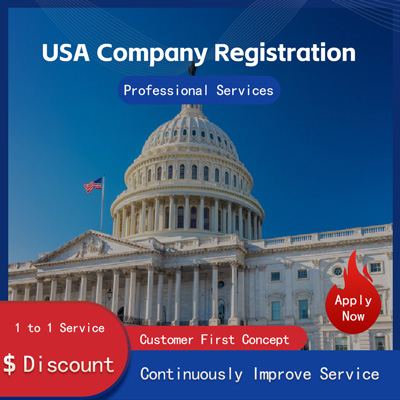

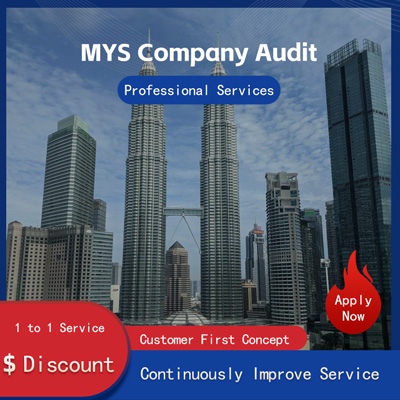
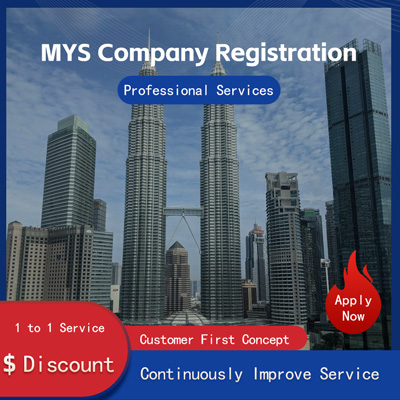
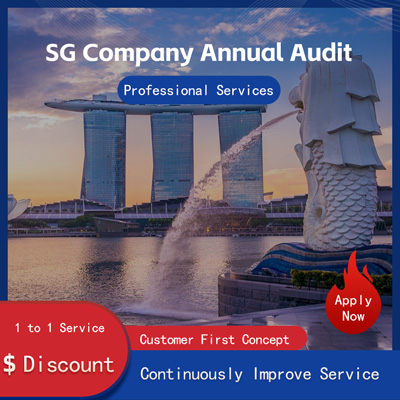
Customer Reviews
Small *** Table
December 12, 2024The experience was very good. I was still struggling to compare it with other companies. I went to the site a few days ago and wanted to implement it as soon as possible. I didn't expect that everything exceeded my expectations. The company is very large, with several hundred square meters. The employees are also dedicated and responsible. There is also a wall of certificates. I placed an order on the spot. It turned out that I did not make a wrong choice. The company's service attitude is very good and professional. The person who contacted me explained various things in detail in advance. After placing the order, the follow-up was also very timely, and they took the initiative to report the progress to me. In short, I am very satisfied and recommend this company!
Lin *** e
December 18, 2024When I first consulted customer service, they recommended an agent to me. They were very professional and patient and provided excellent service. They answered my questions as they came in. This 2-to-1 service model is very thoughtful. I had a lot of questions that I didn’t understand, and it’s not easy to register a company in Hong Kong. Fortunately, I have you.
t *** 7
December 19, 2024I originally thought that they only did mainland business, but I didn’t expect that they had been doing Hong Kong business and were doing very well. After the on-site interview, I decided to ask them to arrange the registration of my Hong Kong company. They helped me complete it very quickly and provided all the necessary information. The efficiency was awesome. It turns out that professional things should be done by professionals.👍
b *** 5
December 16, 2024In order to register a company in Hong Kong, I compared many platforms and stores and finally chose this store. The merchant said that they have been operating offline for more than 10 years and are indeed an old team of corporate services. The efficiency is first-class, and the customer service is also very professional.